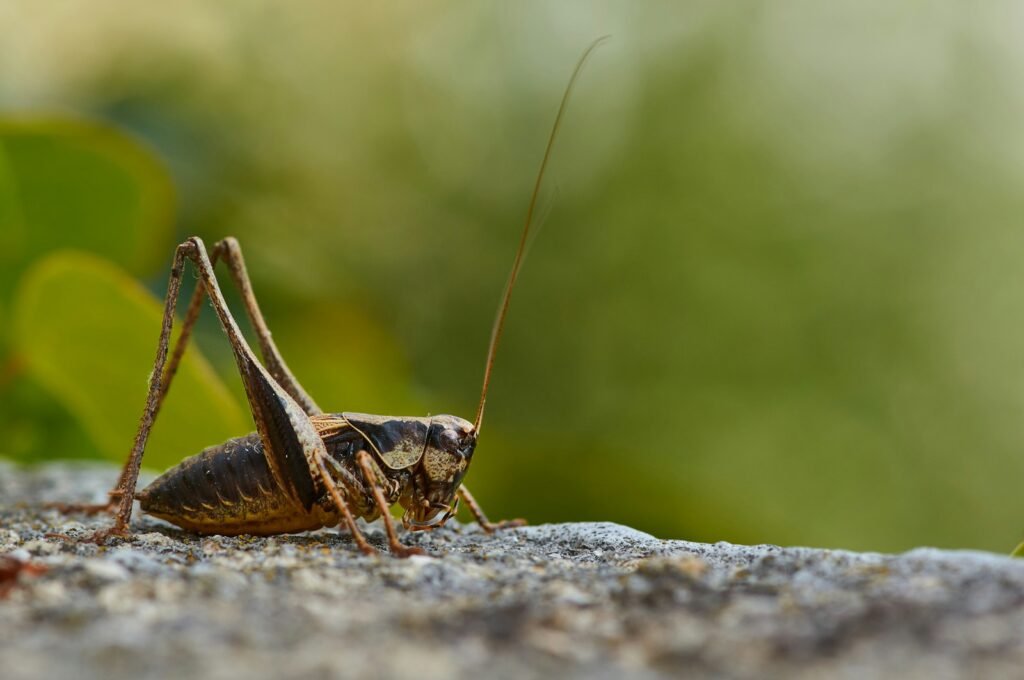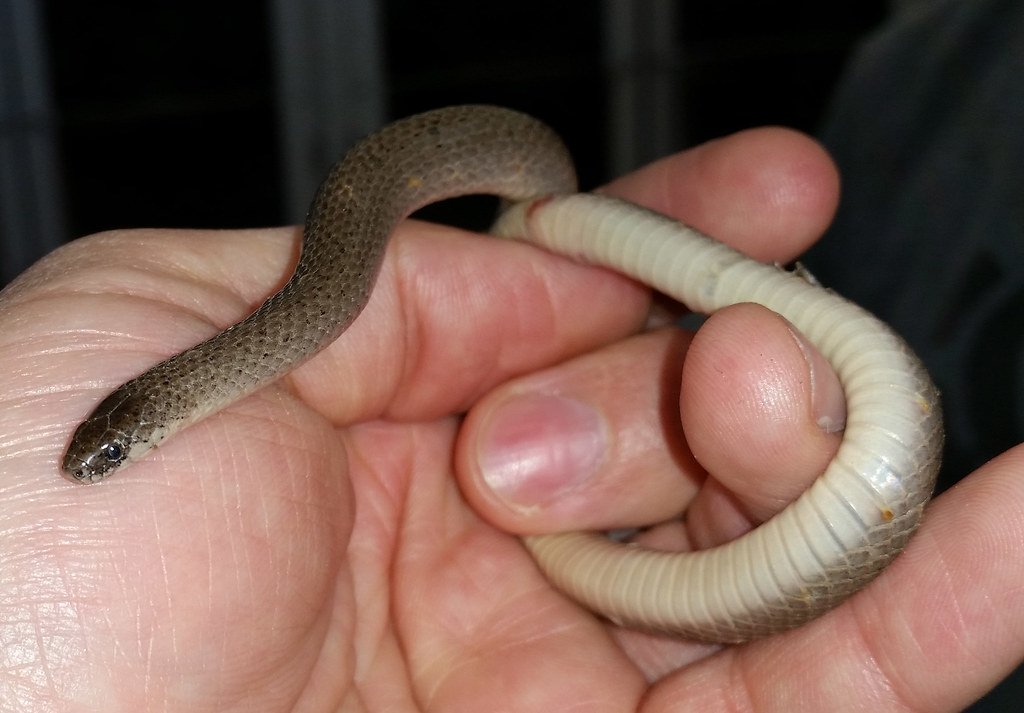Picture this: you’re sitting outside on a warm summer evening, listening to the rhythmic chorus of crickets filling the air. What you might not realize is that these tiny musicians are actually functioning as living thermometers, their chirping rates providing remarkably accurate temperature readings. This fascinating phenomenon has captivated scientists and nature enthusiasts for decades, revealing one of nature’s most elegant examples of biological temperature measurement.
The Science Behind Cricket Thermometry

Cricket chirping operates on a fundamental principle of biochemistry – the relationship between temperature and enzymatic activity. As cold-blooded creatures, crickets’ metabolic processes speed up dramatically when temperatures rise, causing their muscle contractions to accelerate proportionally.
The enzymes responsible for muscle function in crickets work faster at higher temperatures, creating a direct correlation between ambient temperature and chirping frequency. This biological mechanism is so precise that scientists have developed mathematical formulas to convert cricket chirps into temperature readings.
Dolbear’s Law: The Mathematical Foundation

In 1897, physicist Amos Dolbear discovered the mathematical relationship between cricket chirps and temperature, now known as Dolbear’s Law. His formula states that counting the number of chirps in 14 seconds and adding 40 gives you the temperature in Fahrenheit with surprising accuracy.
This groundbreaking discovery transformed our understanding of how insects respond to environmental conditions. Dolbear’s work demonstrated that nature often operates with mathematical precision, turning simple observations into scientific principles that remain relevant today.
The formula works because cricket muscle contractions follow predictable patterns based on temperature-dependent enzyme activity. Modern scientists have refined this equation for different cricket species, creating even more accurate temperature measurements.
Which Cricket Species Are the Best Thermometers

Not all crickets make equally reliable temperature gauges. The snowy tree cricket (Oecanthus fultoni) stands out as nature’s most accurate living thermometer, earning the nickname “the thermometer cricket” for its exceptional precision.
Field crickets and house crickets also provide reasonably accurate readings, though they’re slightly less consistent than their tree-dwelling cousins. Each species has subtle variations in their temperature-chirp relationships, requiring species-specific formulas for optimal accuracy.
The key difference lies in each species’ metabolic rate and muscle fiber composition. Tree crickets have evolved finer muscle control systems, making their chirping rates more sensitive to temperature fluctuations than ground-dwelling species.
The Biological Mechanics of Cricket Chirping
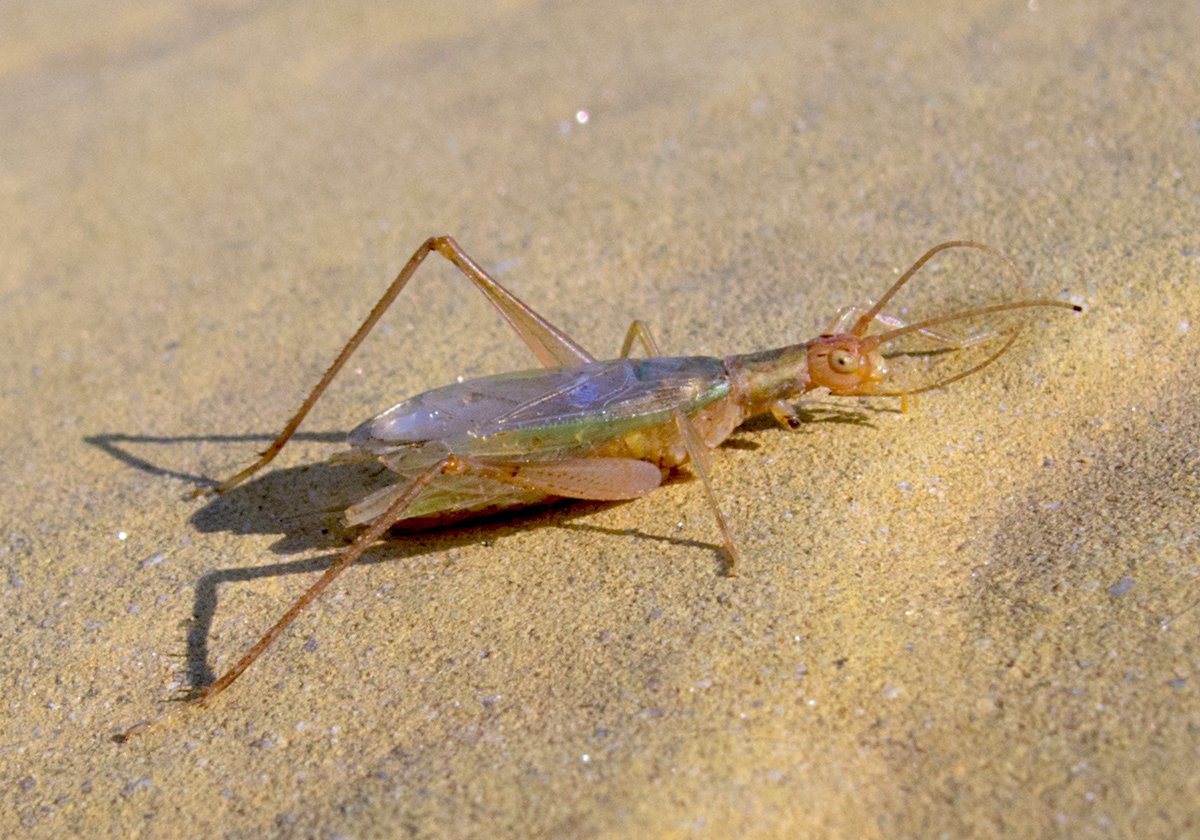
Cricket chirping isn’t produced by their legs rubbing together as commonly believed, but through a sophisticated wing-based mechanism called stridulation. Male crickets create their characteristic sounds by rubbing a scraper on one wing against a file-like structure on the other wing.
This intricate process involves rapid muscle contractions that control wing movement frequency. As temperatures rise, these muscles contract faster, producing more frequent chirps in a predictable pattern that scientists can measure and convert to temperature readings.
The entire system operates like a biological metronome, with temperature acting as the conductor that sets the tempo. This remarkable adaptation allows crickets to communicate effectively while inadvertently providing humans with natural temperature data.
Temperature Ranges and Cricket Activity

Crickets typically begin chirping when temperatures reach around 55°F (13°C) and continue until temperatures drop below this threshold. Their most active and accurate chirping occurs between 65°F and 85°F (18°C to 29°C), making them excellent thermometers for comfortable human temperature ranges.
At extremely high temperatures above 95°F (35°C), cricket chirping actually slows down or stops entirely as the insects seek shelter to avoid overheating. Similarly, cold temperatures below 50°F (10°C) render crickets nearly silent, as their metabolic processes slow dramatically.
This temperature sensitivity makes crickets natural indicators of seasonal changes and daily temperature fluctuations. Their chirping patterns can signal approaching weather fronts or temperature shifts hours before traditional instruments register changes.
Regional Variations and Cricket Populations

Geographic location significantly influences cricket thermometry accuracy, as different regions host varying cricket species with unique temperature-chirp relationships. Northern climates typically feature cricket populations adapted to cooler temperatures, while southern species thrive in warmer conditions.
Altitude also plays a crucial role, with mountain-dwelling crickets displaying different chirping patterns than their lowland counterparts. These adaptations reflect millions of years of evolution, fine-tuning each population’s response to local environmental conditions.
Researchers have documented remarkable consistency within regional cricket populations, suggesting that local environmental pressures create standardized temperature responses. This consistency makes regional cricket populations even more reliable as natural thermometers.
Comparing Cricket Accuracy to Modern Instruments

Surprisingly, cricket thermometry can rival modern digital thermometers in accuracy, typically providing readings within 1-2 degrees Fahrenheit of actual temperature. This natural precision has amazed scientists studying biological temperature sensors and their practical applications.
Unlike electronic instruments that can malfunction or require calibration, cricket thermometers are self-calibrating biological systems that maintain accuracy across wide temperature ranges. Their reliability stems from millions of years of evolutionary fine-tuning rather than human engineering.
The main limitation of cricket thermometry lies in their seasonal availability and nighttime activity patterns. While digital thermometers work year-round, cricket readings are only available during warm months when these insects are active and audible.
Historical Uses of Cricket Temperature Reading

Before modern meteorological instruments, farmers and outdoor workers relied on cricket chirping to gauge nighttime temperatures and predict weather patterns. This traditional knowledge passed down through generations, proving remarkably accurate for agricultural planning and outdoor activities.
Native American tribes incorporated cricket observations into their seasonal calendars, using chirping patterns to determine optimal planting times and harvest periods. These practices demonstrate humanity’s long-standing relationship with natural temperature indicators.
Early meteorologists actually studied cricket thermometry as a backup system for their instruments, recognizing the biological accuracy of these natural temperature sensors. Some weather stations still monitor cricket populations as part of their comprehensive environmental monitoring programs.
The Role of Humidity in Cricket Thermometry
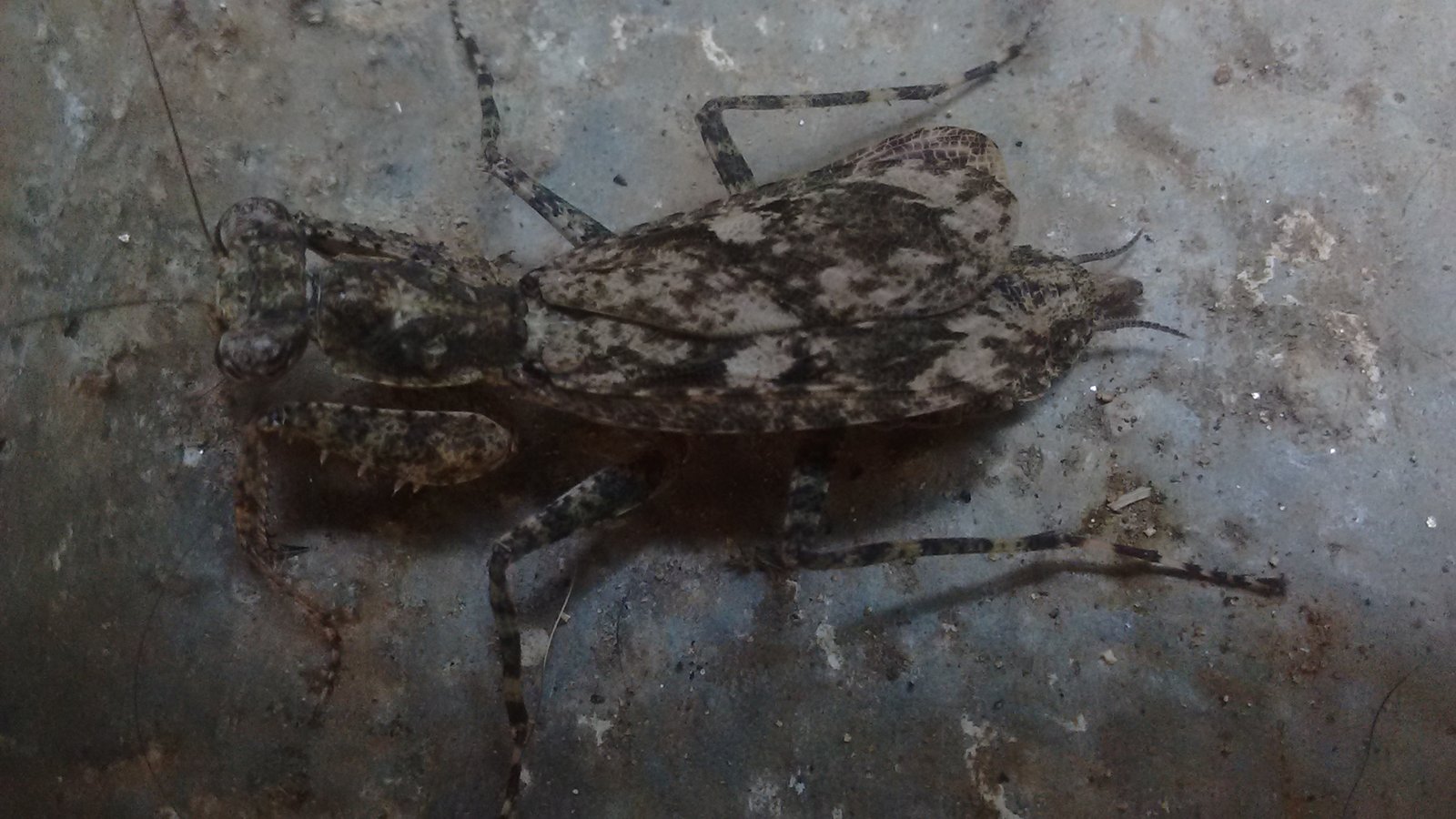
Humidity levels significantly impact cricket chirping accuracy, as these insects are sensitive to moisture in the air. High humidity can slightly accelerate chirping rates, while extremely dry conditions may slow them down, affecting temperature calculations.
Optimal cricket thermometry occurs at moderate humidity levels between 40-60%, when moisture effects are minimal. During these conditions, temperature becomes the primary factor influencing chirping frequency, maximizing measurement accuracy.
Scientists have developed correction factors for humidity when using cricket thermometry professionally. These adjustments ensure accurate readings even when atmospheric moisture levels deviate from optimal ranges.
Modern Scientific Applications
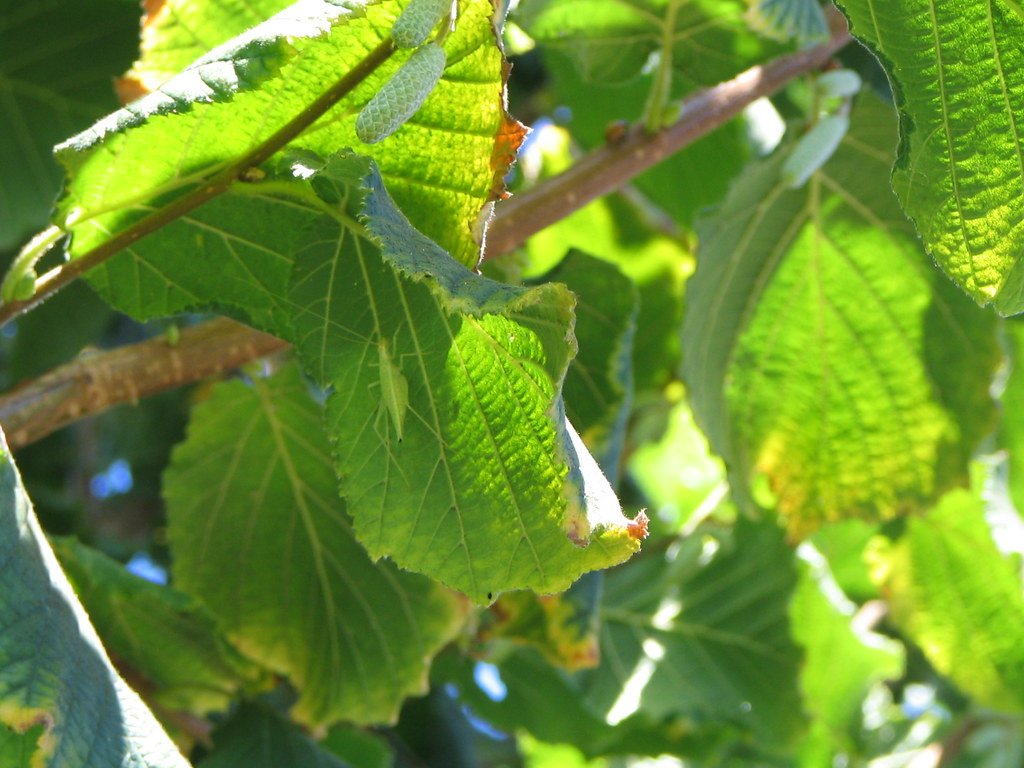
Contemporary researchers use cricket thermometry to study microclimate variations and environmental changes in specific ecosystems. These biological sensors provide insights into temperature fluctuations that traditional instruments might miss due to their placement or sensitivity limitations.
Ecologists employ cricket temperature data to monitor habitat health and track climate change impacts on insect populations. This biological monitoring provides valuable information about ecosystem responses to environmental stressors.
Agricultural scientists study cricket thermometry to develop better crop management strategies, using natural temperature indicators to optimize growing conditions. This application combines traditional knowledge with modern farming techniques for improved sustainability.
Teaching Cricket Thermometry to Students
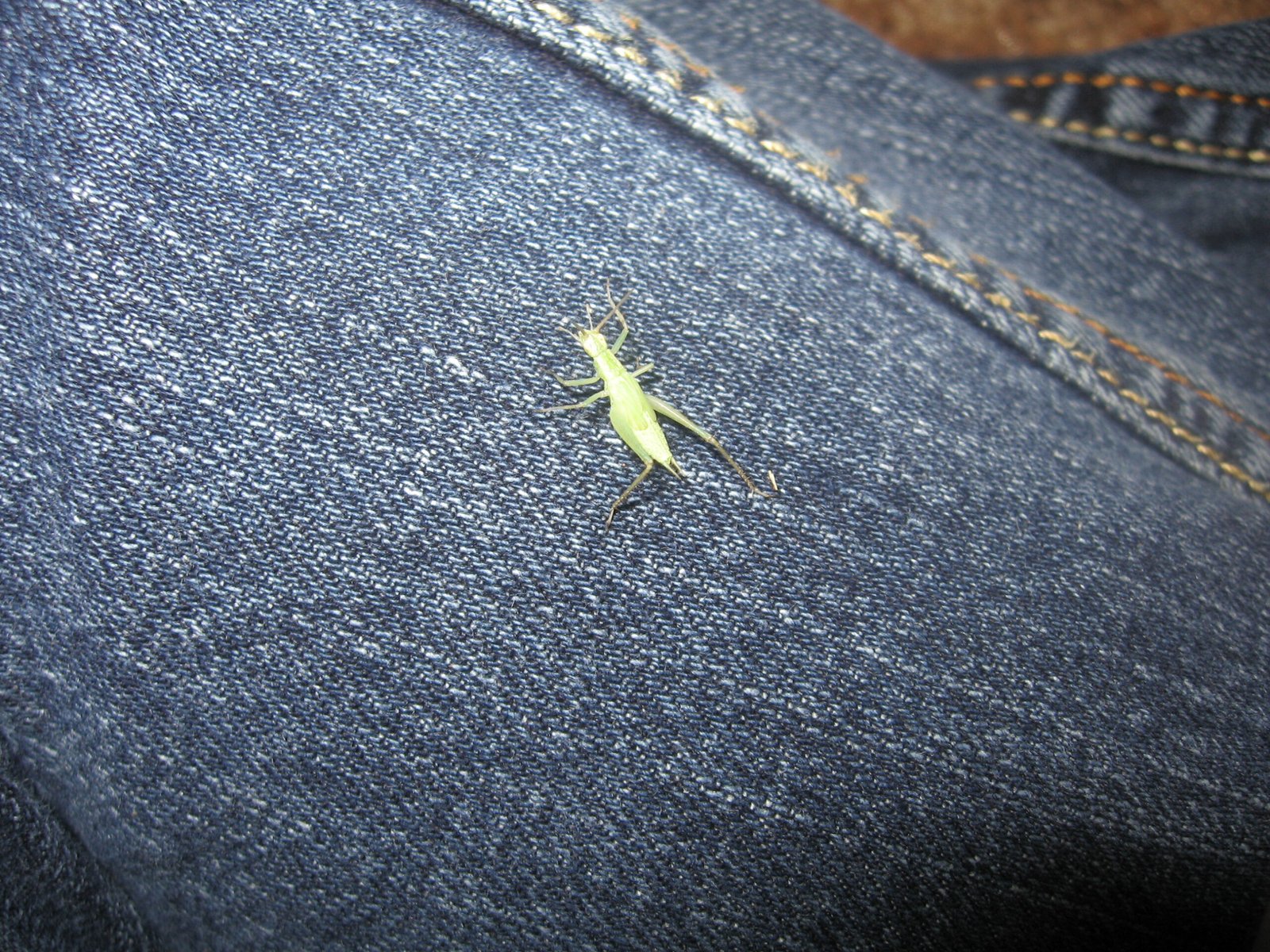
Educational programs worldwide incorporate cricket thermometry into science curricula, demonstrating practical applications of biology and mathematics. Students learn to count chirps, apply Dolbear’s formula, and compare results with digital thermometers.
This hands-on approach makes abstract scientific concepts tangible and memorable. Students develop appreciation for nature’s mathematical precision while gaining practical skills in observation and data collection.
Many schools organize nighttime cricket counting activities, combining outdoor education with scientific methodology. These programs foster environmental awareness while teaching valuable scientific principles through direct experience.
Cricket Thermometry in Different Seasons

Spring cricket thermometry often provides the most accurate readings, as insects are active but not yet stressed by extreme summer heat. During this season, cricket populations are establishing territory and calling frequently, creating ideal conditions for temperature measurement.
Summer readings require more careful interpretation, as extreme heat can affect chirping patterns and introduce variability. However, early evening and pre-dawn hours still provide reliable temperature data when conditions are optimal.
Fall cricket thermometry becomes increasingly unreliable as temperatures drop and cricket populations decline. The accuracy diminishes as insects enter dormancy phases, making readings less consistent than earlier seasonal measurements.
Urban vs Rural Cricket Thermometry

Urban cricket populations often display different temperature-chirp relationships due to heat island effects and environmental stressors. City crickets may chirp faster than their rural counterparts at identical temperatures, reflecting adaptation to warmer urban microclimates.
Rural cricket thermometry typically provides more accurate readings, as these populations experience more natural temperature fluctuations without urban interference. The absence of artificial heat sources creates cleaner temperature-chirp correlations.
Suburban environments often represent a middle ground, with cricket populations showing mixed characteristics of both urban and rural temperature responses. These transitional zones provide interesting study opportunities for comparative cricket thermometry research.
Technology Integration and Cricket Apps

Modern smartphone applications now incorporate cricket thermometry principles, allowing users to record chirping sounds and automatically calculate temperature readings. These apps combine traditional knowledge with contemporary technology for enhanced accessibility.
Voice recognition software can identify cricket species and apply appropriate temperature formulas, improving accuracy beyond basic counting methods. This technological integration makes cricket thermometry more practical for casual users and citizen scientists.
Digital tools also enable data logging and trend analysis, transforming simple cricket observations into comprehensive temperature monitoring systems. These applications demonstrate how traditional knowledge can evolve with technological advancement.
Cricket Thermometry and Climate Change Research
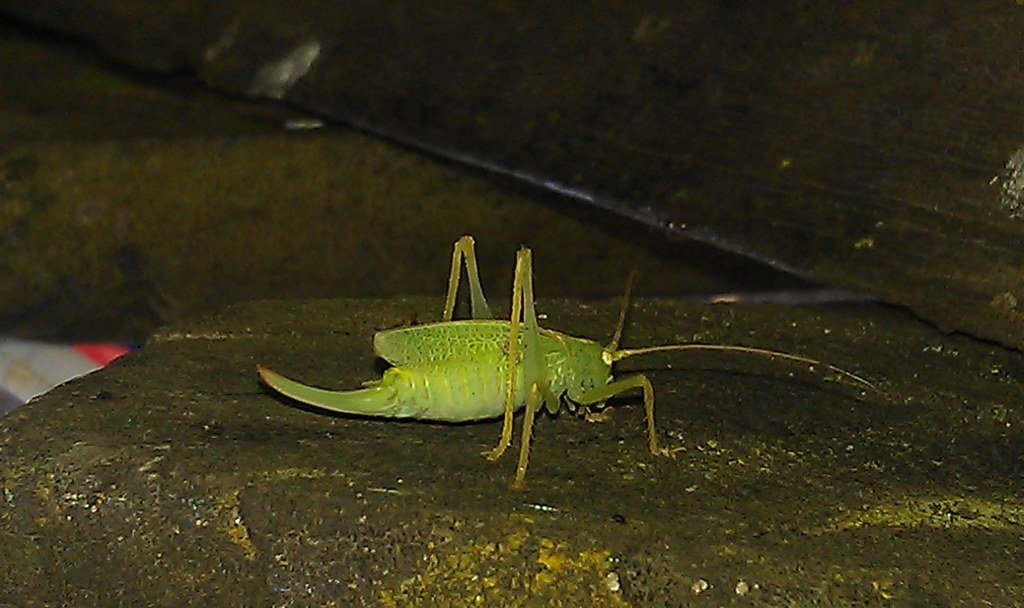
Scientists studying climate change increasingly rely on cricket thermometry data to understand long-term environmental shifts. Historical cricket chirping records provide insights into temperature trends spanning decades, offering valuable baseline data for climate research.
Changes in cricket population distributions and chirping patterns serve as early indicators of shifting temperature zones. These biological markers often detect environmental changes before traditional monitoring systems register significant alterations.
Cricket thermometry contributes to climate modeling by providing ground-level temperature data from diverse ecological niches. This information helps researchers understand how climate change affects different environmental zones and species populations.
The Future of Biological Temperature Monitoring

Emerging research explores other insects and animals that might serve as natural thermometers, expanding beyond cricket-based systems. Scientists are discovering similar temperature-dependent behaviors in various species, creating new opportunities for biological monitoring.
Genetic studies of cricket temperature sensitivity may lead to enhanced understanding of thermal adaptation mechanisms. This research could inform conservation efforts and help predict species responses to changing environmental conditions.
Integration of cricket thermometry with sensor networks and Internet of Things technology promises to revolutionize environmental monitoring. These hybrid systems could provide unprecedented detail about temperature variations across diverse ecosystems.
Practical Tips for Cricket Temperature Reading

Successful cricket thermometry requires patience and proper technique. Choose quiet locations away from traffic and artificial noise sources, as background sounds can interfere with accurate chirp counting and species identification.
The best reading times occur during early evening hours when cricket activity peaks and ambient temperatures are stable. Avoid extremely windy conditions, as air movement can affect both cricket behavior and temperature accuracy.
Practice identifying different cricket species by their distinctive chirping patterns and sounds. Each species requires specific formulas for optimal accuracy, making proper identification crucial for reliable temperature measurements.
Use a stopwatch or smartphone timer for precise chirp counting, and take multiple readings to ensure consistency. Average several measurements over 10-15 minutes for the most accurate temperature calculations.
Conclusion

Cricket thermometry represents one of nature’s most elegant examples of biological precision, transforming simple insect behavior into accurate temperature measurement. This remarkable phenomenon demonstrates how millions of years of evolution have fine-tuned living organisms into sophisticated environmental sensors.
From Dolbear’s groundbreaking 1897 discovery to modern climate change research, cricket temperature reading continues to provide valuable insights into our natural world. These tiny musicians offer us a direct connection to environmental conditions while showcasing the mathematical beauty inherent in biological systems.
As we face increasing environmental challenges, cricket thermometry reminds us that nature often provides the most elegant solutions to complex problems. The next time you hear crickets chirping on a warm evening, remember that you’re listening to one of the world’s most accurate and time-tested temperature measurement systems. What other natural phenomena might be providing us with valuable data we’ve yet to fully understand?

